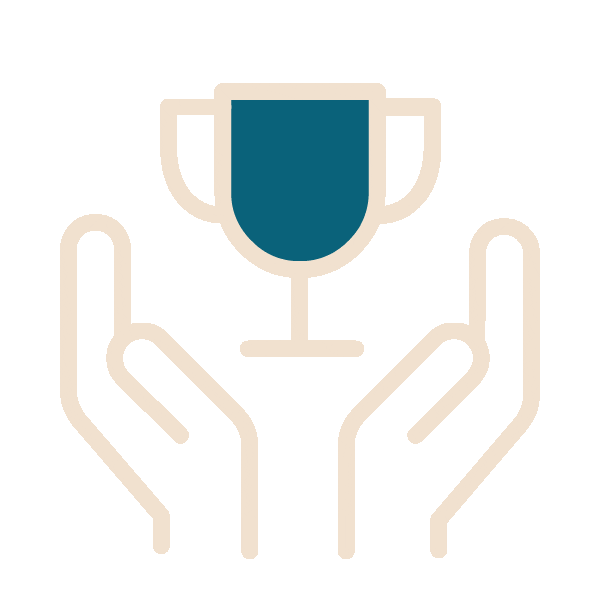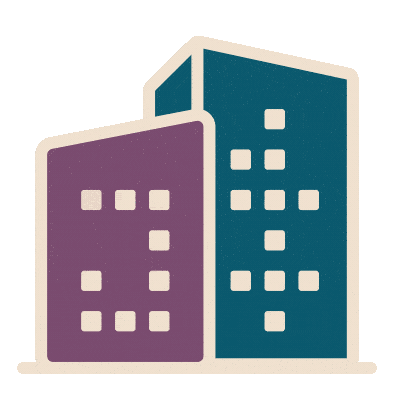Living unplugged: The art of being present
This was my journey to a #mindful30, and in honor of Mental Health Awareness Month, I challenge you to find your 30 minutes.
On a normal day in New York City, I stand on a crowded subway platform utterly aware of my surroundings. Everywhere I look, ears are engulfed by giant headphones and faces are buried in small screens or tablets. Each person is a silent statue as independent as the next, a distant version of themselves – disengaged from human connection and reality. It’s a strange feeling to feel so alone in such a crowded place.
In this moment, I realize how lucky I am. I have allowed myself the luxury of being present – something many people don’t experience on a given day. But I haven’t always been this way. I used to be one of them – a drone on the platform, shooting a look of annoyance each time someone bumped my shoulder or otherwise disrupted my focus.
So how did I get here?
Let’s just say there was a serious texting and walking incident (we’ve all done it!), and before I knew it, I had slammed my head into a traffic light.
The concussion was serious. On top of physical bruising, I had extensive cognitive symptoms, which required me to completely unplug for recovery. It was during the two weeks I spent off the grid in my dark NYC apartment that I realized how dependent I was on technology. I had grown accustomed to using my phone for social connection, computer for work, TV for entertainment and Google for pretty much everything else. With all of these tools now off limits, I was forced to be present and mindful of my surroundings.
In the year 2019, almost every aspect of the world is connected digitally. More than 2 billion people use the internet daily, a number that is only increasing. There are, however, consequences to the ways we access technology. Bright light and monochromatic blue light exposure from phone and computer screens can negatively impact human behavior and circadian rhythm (1). Circadian rhythm is an internal clock that keeps the body’s hormone levels and biological processes on a roughly 24-hour cycle – something you don’t want to mess with! Circadian rhythm disruption has also been linked to obesity, diabetes, depression and metabolic disorders (2,3,4). Furthermore, dependence on technology impacts our behaviour throughout the day, with 67% of cell phone owners checking their phone for alerts, even when they’re relatively certain they haven’t received a notification (5). Access to live updates 24/7 heightens our senses to anticipate things that haven’t happened yet. While suffering from my concussion, I finally felt the weight of this anticipation. From small flickers of light on my retinas to the unease of not checking email, my digital dependency and its impact on my health were brought to the forefront of my mind (no pun intended!).
Three weeks later, when I was able to return to work, I found that I could no longer sit in front of my laptop uninterrupted for hours as I had before. By the end of the day, I couldn’t wait to step away from my screen. I started looking forward to my commute, where I could completely detach from technology and immerse myself in a restorative process. Throughout the workday and thanks to Feature M07, Restorative Spaces, I was able to make frequent visits to our office wellness room where I could take a few minutes to be extra mindful and reset my healing brain. Taking these little breaks helped me prioritize my mental health and well-being during this time, and I am so grateful to work in a place that supported it!
Each day I pushed myself a little bit more and steadily moved towards recovery. After about a month, my concussion symptoms subsided entirely, but I didn’t give up my new habits. I continue to take mindfulness breaks during the day, and still look forward to my evening train rides – the 30 minutes everyday I’ve dedicated to being completely present.
This was my journey to a #mindful30, and in honor of Mental Health Awareness Month, I challenge you to find your 30 minutes.
If I see you on the platform, I’ll be sure to wave.







